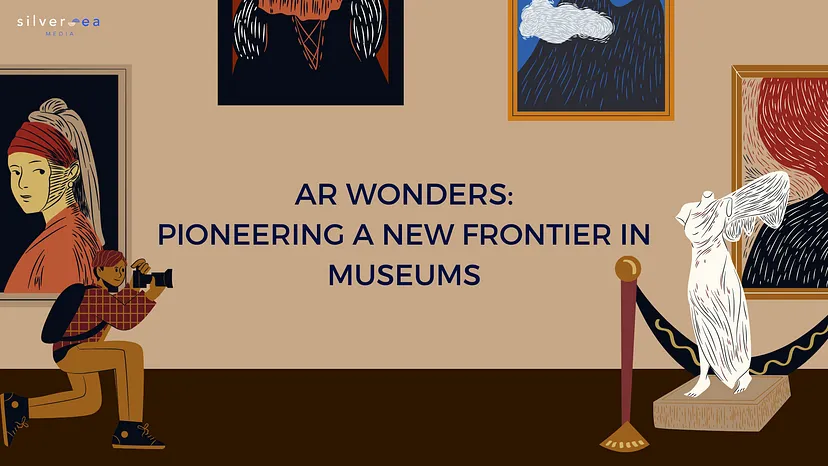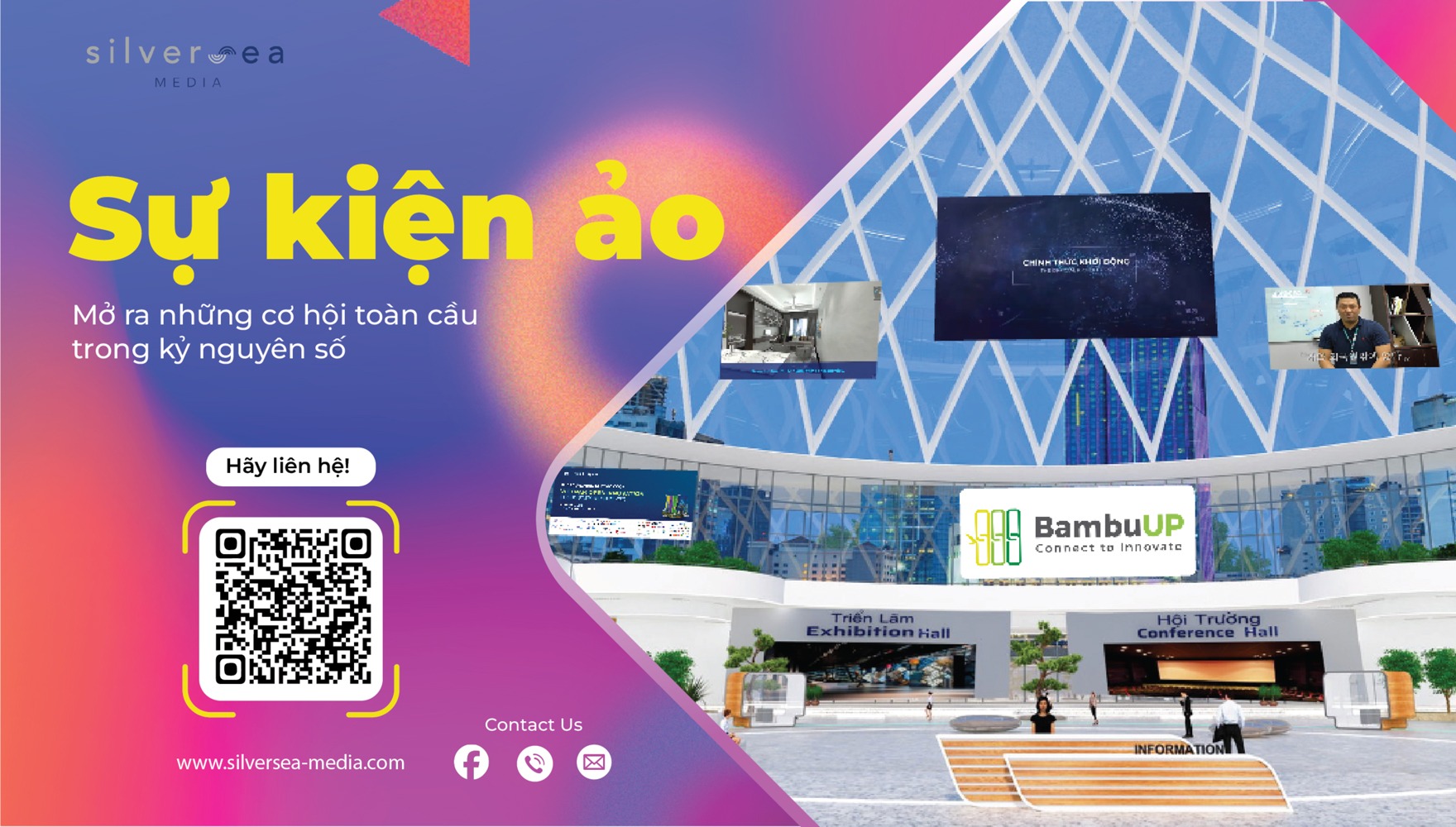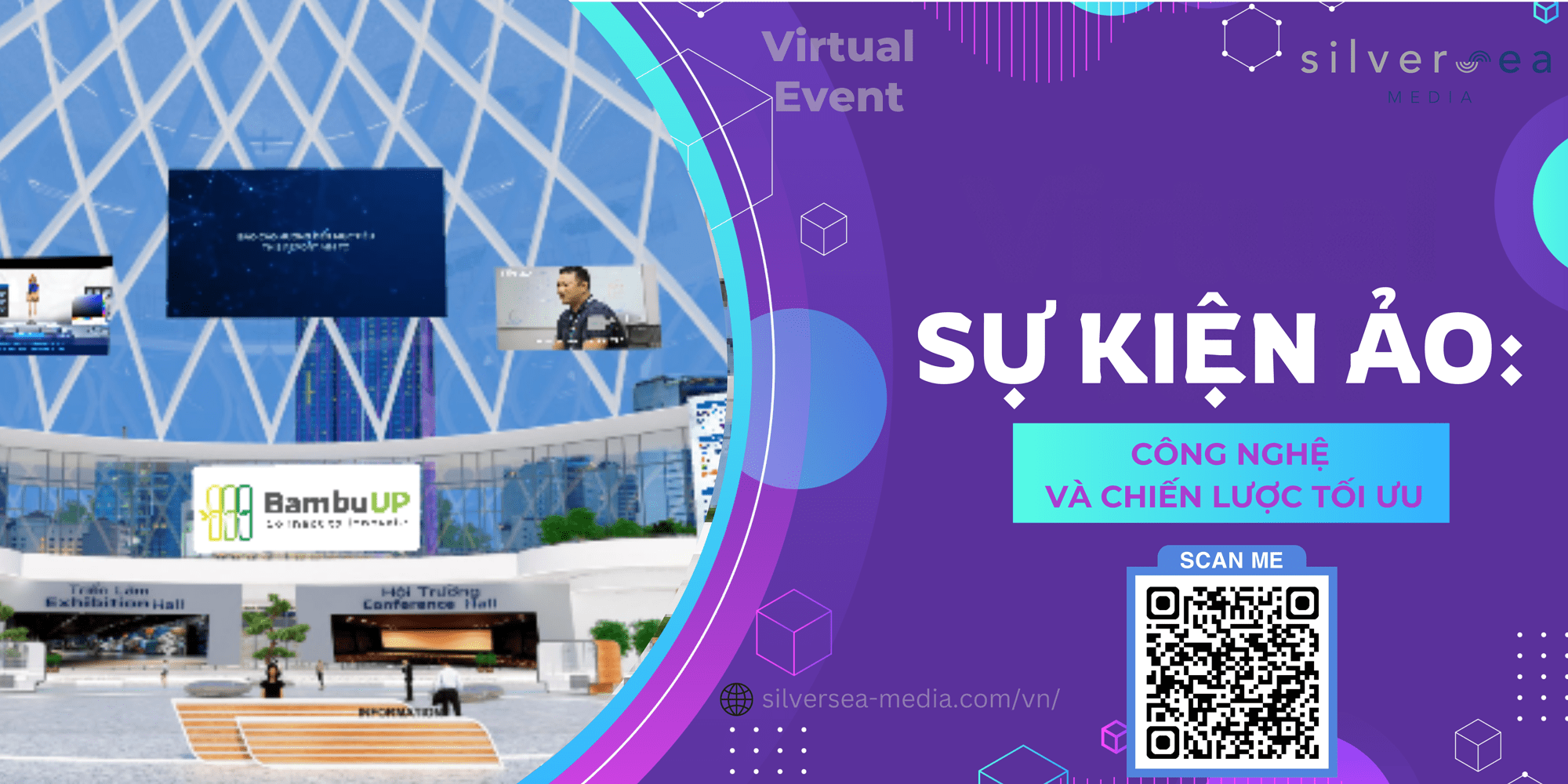Interactive technologies are revolutionising the museum experience by making it more immersive and engaging. Studies report that 84% of visitors feel more engaged and find an exhibit more memorable if it has Augmented Reality (AR) elements. It’s not just about observing; it’s about immersing yourself in the narrative.
For museums, incorporating AR introduces an added dimension where they can offer supplementary information, innovative ideas, unique experiences, and interactive elements. For instance, the use of AR technology allows visitors to visualise a dinosaur skeleton as a living, breathing creature through their smartphone. Or imagine standing before a painting in person while simultaneously accessing a 3D visualisation where the artist directly discusses the work using AR.
Navigating Today’s Challenges in Museums
Museums have been occasionally labelled with the stereotype of providing dull or monotonous experiences. This perception may arise from a historical emphasis on static displays and a need for more interactive elements. Traditional audio guides, once reliable companions in exploration, now struggle to depict history due to their limitations vividly. The bustling crowds ironically hinder a personalised experience.
These challenges offer exciting opportunities for museums to redefine the essence of exploration and captivate visitors in entirely new ways. AR technologies can help visitors interact with different touchpoints, online and offline, from the website, social media, and brochures to multimedia guides, increasing engagement.

AR emerges as a powerful storytelling tool in museums. By overlaying digital information onto physical exhibits, AR allows for immersive narratives that transport visitors into historical events. Through AR, museums can breathe life into artefacts, offering contextual details, interactive elements, and engaging stories. This captivates visitors and transforms their experience from passive observation to active participation.
The AR Technology We Use
A Visual Positioning System (VPS) is a cutting-edge technology that utilises computer vision and machine learning to track and pinpoint objects within a 3D space. This technology proves valuable for indoor navigation, augmented reality, and robotics, allowing virtual objects to be placed in the real world with high accuracy.
VPS plays a pivotal role in shaping numerous AR applications. Its ability to provide accurate location information enables AR experiences to overlay digital content onto physical environments, offering users highly precise and immersive interactions. Example use cases range from enhanced navigation assistance to educational tools that give users contextual information about their surroundings.
VPS can accurately navigate users even in those spaces where the GPS signal is limited. Unlike GPS, VPS apps can determine not only the position of the user but also the floor on which he is for a smooth navigation UX in a multi-storey building.
The Applications of AR in Museum Exhibits
How do museums and similar establishments use augmented reality?
Well, the sky’s the limit, and the number of ways to use AR apps increases day by day. Silversea Media’s AR technology empowers you to elevate your museums into vibrant interactive hubs; all made possible through these innovative applications.


With Augmented Reality, You Can:
- Immerse visitors in an unparalleled journey with interactivity, turning passive observation into an engaging adventure
- Empower visitors to navigate exhibits at their own speed and offer personalized experiences
- Showcase interactive content that transforms learning into a dynamic, educational experience for all visitors
- Create additional revenue streams through Premium tickets
- Break down barriers for inclusivity with features such as translations, audio descriptions
Wrap-Up
Traditionally, the museum experience was one-directional: Curators conceived and executed an exhibit, which visitors then enjoyed. Now, that’s all starting to change. With the potential of augmented reality, you can transform a simple audio tour into an immersive and memorable journey.
AR has the power to redefine how we engage with art and history, promising immersive, personalised, and unforgettable experiences for museum enthusiasts. The future of museum exploration is on the horizon, with AR leading the way into endless possibilities.
Contact us to learn more about incorporating AR technology into museums, galleries, and exhibitions.










